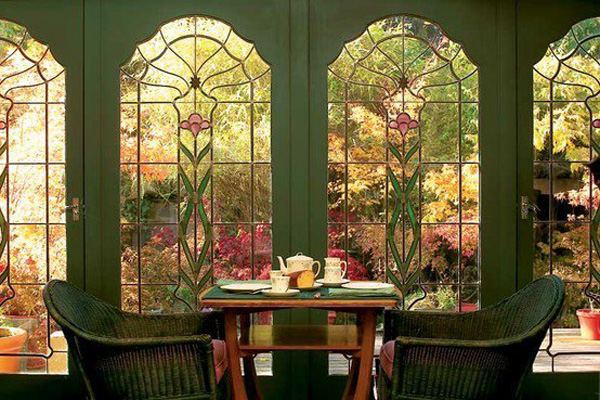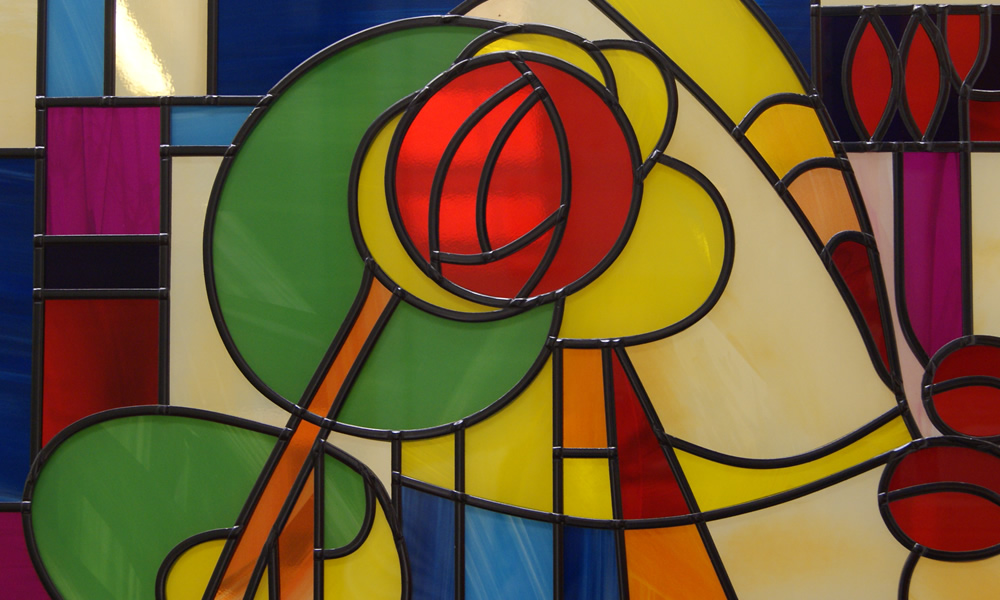The creation of stained-glass art requires both technical skill and imagination, with the type of glass used being a key factor in the finished product. The distinct characteristics of many varieties of glass influence their colors, texture, and light-interaction patterns. We’ll examine the several kinds of glass that are frequently used in stained glass art supply for projects in this technical deep dive, assisting you in selecting the materials that best suit your creative vision.
- Because of its vivid colors and clarity, cathedral glass is a favorite material among stained glass artists. This kind of glass usually lets light through smoothly because it is translucent or slightly textured. Cathedral glass is a mainstay of traditional stained-glass windows because it is perfect for projects that call for strong, vivid colors and lines. For elaborate designs, the smooth surface’s ease of cutting is a big plus. It might not be appropriate for projects needing a softer or more diffused light effect, though, due to its lack of opacity.
- Opalescent glass is renowned for its opaque, milky appearance, which effectively diffuses light. This kind of glass gives a single sheet a dynamic, flowing appearance by blending several colors together. The material is ideal for applications that want to produce a gentle glow since it scatters light instead of letting it pass through. Opaline glass is thicker than stained glass and can be a little harder to cut; therefore, it’s best suited for artists with some stained-glass experience.
- Stained glass artworks are enhanced by the distinct tactile quality of textured glass, which is available in several patterns like ripple, hammered, or seedy. The textures are a popular option for panels, doors, and windows since they may provide seclusion while letting light in. Additionally, adding depth and visual appeal, textured glass improves the project’s overall appearance. But cutting and foiling the uneven surface can be challenging and time-consuming.
- Restoration glass, another name for antique glass, simulates the look of hand-blown glass used in vintage stained-glass pieces. This kind is frequently utilized for vintage-inspired designs or restoration work. Its surface is slightly wavy, which gives the item character by capturing light in an unusual, uneven way. Antique glass is beautiful to look at, but it can be more expensive and delicate; therefore, special projects where authenticity is important are usually the ones that use it.

The ultimate appearance and feel of your artwork can be greatly influenced by the type of glass you choose for your stained glass art supply. Knowing these materials will assist you in making well-informed judgments, regardless of your preference for the historical appeal of ancient glass, the delicate diffusion of opalescent glass, the tactile features of textured glass, or the purity of cathedral glass. By experimenting with various glass kinds, you can develop your creative abilities and produce extremely shining items.










